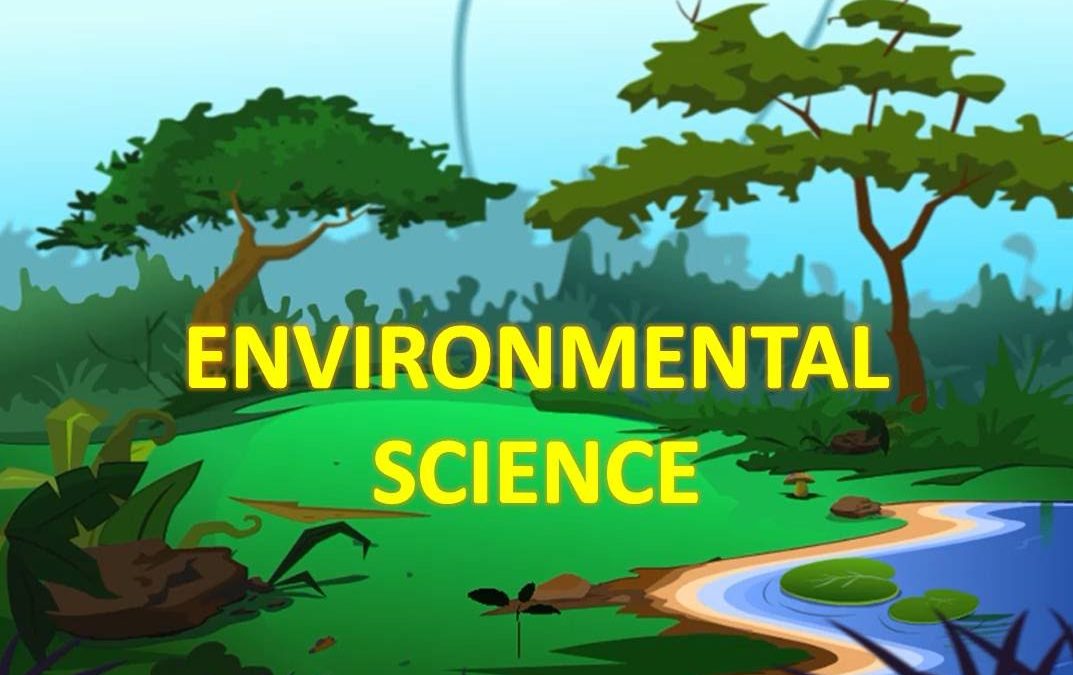The significance of Environmental science cannot be overstated in this age of global warming and climate change. Environmental science, also called Earth Science, is primarily an interdisciplinary as well as an academic field which integrates various aspects such as physical, biological, and information sciences (this includes ecology, physics, chemistry, biology, plant science, mineralogy, zoology, oceanography, soil science, geology, limnology, and physical geography (geodesy), along with atmospheric science to study the environment as well as the solution of environmental problems.
History of Environmental Science
It emerged from fields such as medicine and natural history during the Enlightenment or Renaissance. However, in today’s age, it stands for a quantitative, integrated, and interdisciplinary approach to the study of various environmental systems. The other related areas of study would include environmental engineering and environmental studies. Environmental studies would include some more of various social sciences for the basic understanding of perceptions, human relationships, and policies towards the environment. On the other hand, environmental engineering tries to focus on the basics such as design and technology in order to improve environmental quality in each and every aspect.
Environmental scientists carry out research on topics such as evaluating alternative energy systems, the understanding of earth processes, pollution control as well as mitigation, natural resource management, together with the effects of global climate change. In fact, environmental issues also include interaction of the various chemical, physical, and biological processes. Environmental scientists also try to include a systems approach towards an analysis of different environmental problems and issues. The primary constituents of an effective environmental scientist should incorporate elements such as the capability to relate various aspects such as space and time relationships and quantitative analysis.
Environmental science seeks to enhance awareness
Environmental science took birth in the form of a substantive field of scientific investigation in the period 1960s and 1970s. It was propelled by (1) the need for a multidisciplinary approach towards an analysis of complex environmental issues and problems; (2) the genesis of significant environmental laws which needed specific environmental protocols of investigation to be followed; and (3) growing public awareness of the need of action in order to address environmental issues. Events which triggered such a development were myriad and included publication of the landmark environmental book Silent Spring by Rachel Carson’s. Environmental issues also became part of public discourse and became public, like the 1969 Santa Barbara oil spill as well as the Cuyahoga River of Cleveland, Ohio “catching fire” (1969). All these ensured increased visibility of environmental issues and created the new field of study, which is so important for the survival of the human race.
- How do you avoid environmental pollution? - July 19, 2023
- Learn how to grow a mango tree from seeds - June 29, 2023
- Commercial Electric Vehicles platform Turno raises $13.8M as it scales across India and builds proprietary battery technology - February 9, 2023
- HelpAge India rolls out ‘Project Surakshit’ to train 50,000 elders in Digital Safety - February 8, 2023
- A trip of faith and sustainability: An enriching escape to Dongaon, Maharashtra, India - January 9, 2023
- A Sustainable Kidswear Wardrobe for the Little Ones - July 25, 2022
- 10 Sustainable and Ecofriendly Apparel Brands from India That Are Blazing the Trail - July 23, 2022
- Kajal can harm your baby’s eyes? - July 20, 2022
- Greenubuntu organizes plantation drive in Paras Hospital, Patna - July 11, 2022
- Only electric cars to be sold in India by 2030: Go Green - February 28, 2022

